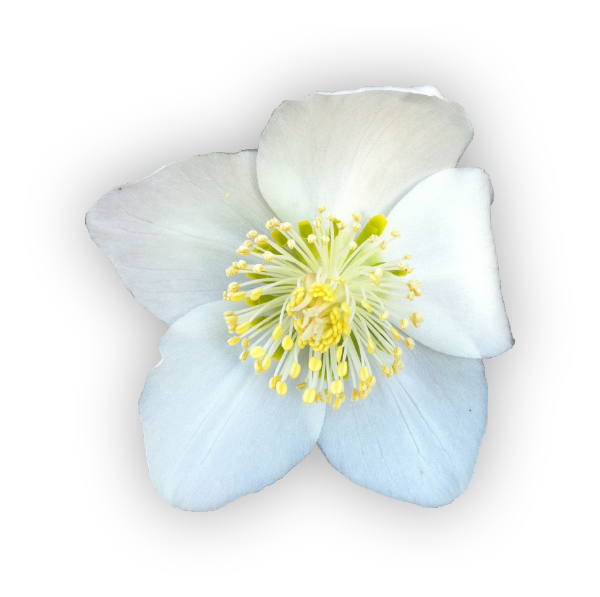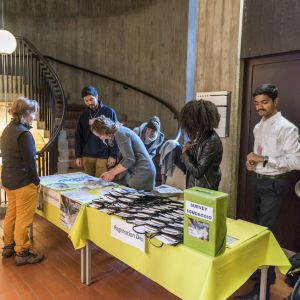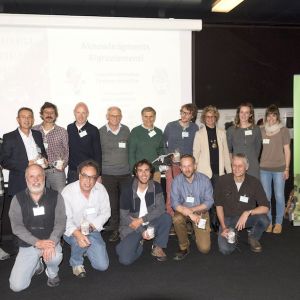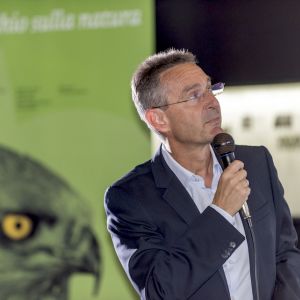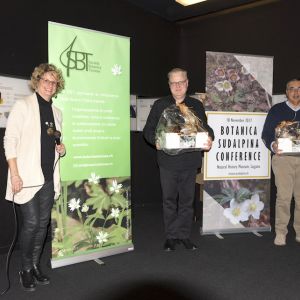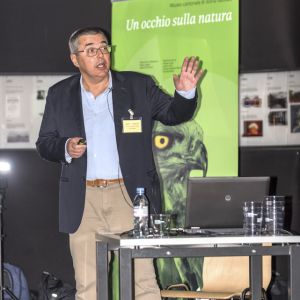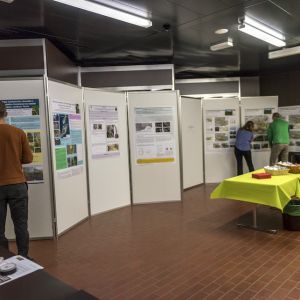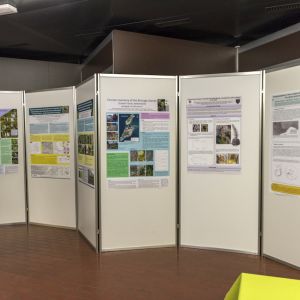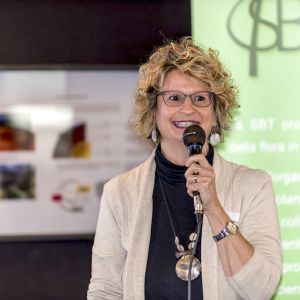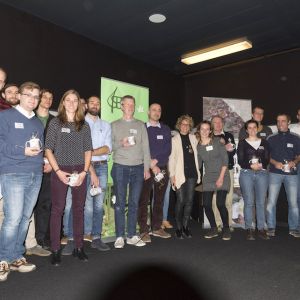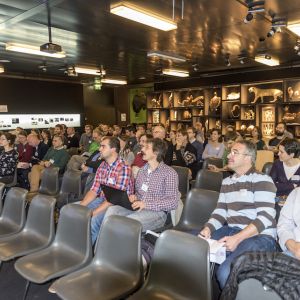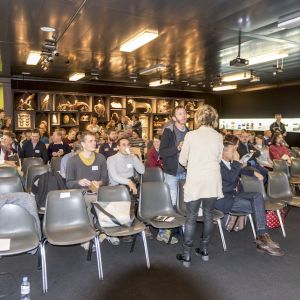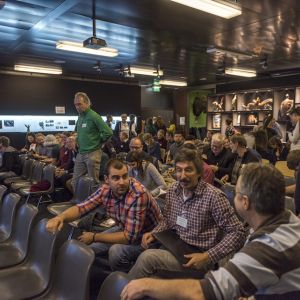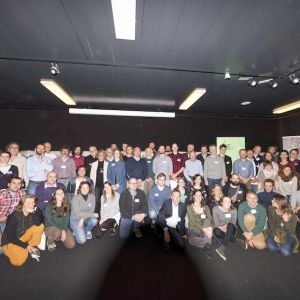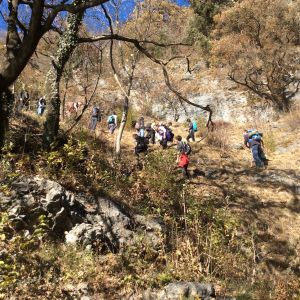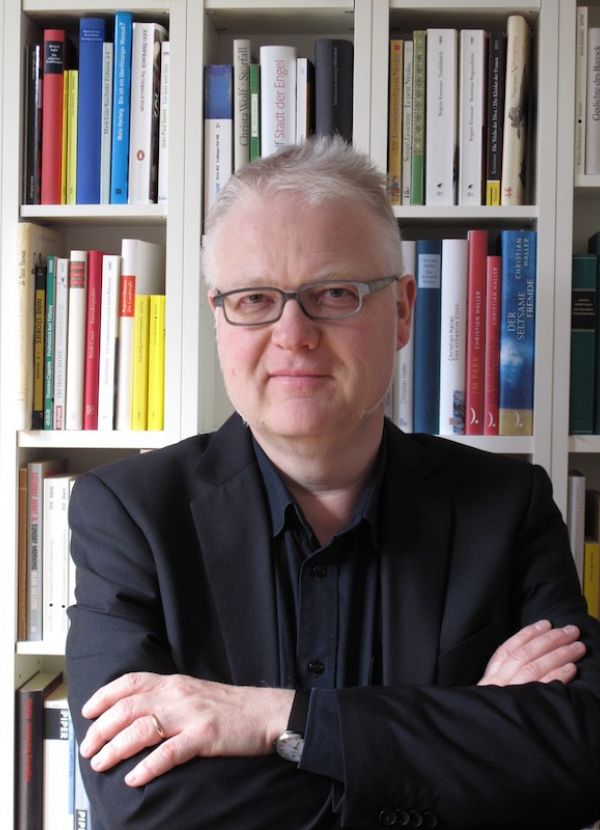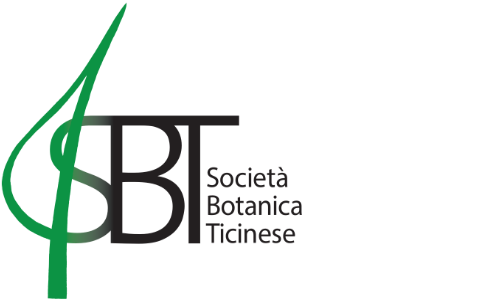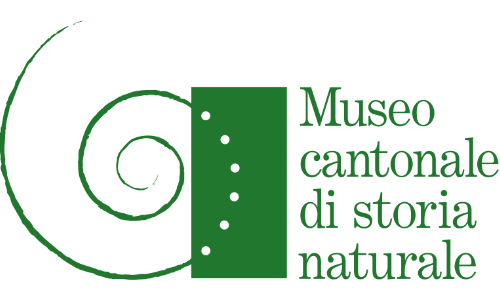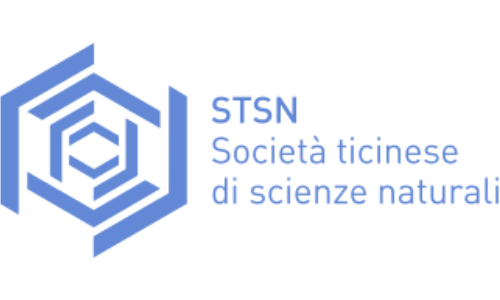Botanica Sudalpina Conference 2017
18 November - Natural History Museum of the Cantone Ticino - Lugano
The Botanica Sudalpina Conference is an initiative of the Botanical Society of Cantone Ticino with the collaboration of the Natural History Museum of the Cantone Ticino, Info Flora, and the Society of Natural Sciences of Cantone Ticino.
The Botanica Sudalpina Conference wants to celebrate the flora of Ticino and the Southern Alps. It welcomes any scientific work dealing with aspects of the biogeography, conservation, diversity, ecology, evolution, physiology, floristics, and systematics of spontaneous and alien plant species of the Southern Alps and in particularly of the Cantone Ticino.
The Botanica Sudalpina Conference aims at bringing together all parties active in the scientific (fundamental and applied) research on the flora of the canton and surrounding areas, at gaining an overview of the current situation (for the first time in Cantone Ticino!), and at promoting collaborations and (possibly) outlining priorities and prospects. Anyone interested in the above-mentioned topics can submit an abstract or simply be part of the audience.
Congress proceedings (PDF - 3.3MB)
Postcard: - / Poster: -
Conference - Program - November 18
08:30 |
Registration (entrance) |
09:30 |
Welcome (Conference room) |
09:45 |
Adaptation of alpine plants to climate changeProf. Dr. Rolf Holderegger |
10:30 |
Does glacial retreat amplifies microrefugia opportunities for alpine plants during warm stages?Rodolfo Gentili |
10:45 |
The importance of stability throughout time in affecting the geographical pattern of endemism richnessGabriele Casazza |
11:00 |
Learning from the past to forecast the future: a case study on Berardia subacaulis, a paleo-endemic species of the SW AlpsMaria Guerrina |
11:15 |
Coffee break & Poster session (Posters and coffee room) |
11:40 |
Ain’t no mountain high enough: the evolution of Asteraceae in Alpine ecosystemsLuca Pegoraro |
11:55 |
Festuca in the (Southern) Alps – still an open construction sitePeter Englmaier |
12:10 |
Reproductive ecology and phylogeography of a self-compatible alpine specialist, Primula halleri (Primulaceae)Jurriaan M. de Vos |
12:25 |
What about extrafloral nectaries in European temperate zones? Answers from the Swiss Southern AlpsBrigitte Marazzi |
12:40 |
Lunch |
14:30 |
Plant traits and strategies in vegetation analyses: concepts and applicationsProf. Dr. Bruno E.L. Cerabolini |
15:15 |
Changes in land use are a main driver of recent plant biodiversity shifts in Swiss Alpine grasslandsConstantin E. Pöll |
15:30 |
Successful restoration of abandoned terraced vineyards and grasslands in the canton Ticino, SwitzerlandDenise Binggeli |
15:45 |
Settlements as a source for the spread of non-native plants into suburban forests in Southern and Northwestern SwitzerlandLuca Gaggini |
16:00 |
Generative reproduction potential of Pueraria lobata in southern SwitzerlandNicola Widmer |
16:15 |
Coffee break & Poster session |
16:40 |
Val Grande National Park’s Vascular Flora (Piedmont, NW Italy)Roberto Dellavedova |
16:55 |
Plant cartography between Lago Maggiore and Lago di ComoMichael Kleih |
17:10 |
Flora of the dolomite cliffs of Southern TicinoPhilippe Juillerat |
17:25 |
Peculiarities in Red List assessments concerning the Southern Swiss AlpsMichael Jutzi |
17:40 |
Final discussion |
18:00 |
Closing ceremony & Aperò |
INSTRUCTIONS HERE
Guest speakers
Prof. Dr. Rolf Holderegger
Reactions of alpine plants to climate change
Rolf Holderegger
WSL Birmensdorf and ETHZ Zürich
The ongoing global climate change (temperature and precipitation regimes) is supposed to be particularly strong in the Alps. Hence, also its effects on the alpine flora are assumed to be marked. The principal reactions of alpine plants to climate change are: (local) extinction, migration by seed to other sites or habitats, short-term ecological adaptation of individuals (plastic responses), and genetic (i.e. evolutionary) adaptation. However, for alpine plant species and alpine vegetation a very simplistic response is often assumed with species and plant communities simply migrating upwards when temperatures are increasing. But what do we really know about the reactions of alpine plants species to climate change? Are there any recordings of extinction due to climate change yet? Is there any evidence for migration to new sites? Are short-term plastic responses sufficient to deal with changing temperatures and precipitation patterns? Is genetic adaptation really so slow that it cannot keep step with climate change? During the last two decades, researchers from across the Alps have carried out substantial research and accumulated significant results and information on how the alpine flora reacts to climate change. These results are, however, sometimes contradictory. I will first review some of these results with respect to extinction, migration, ecological and genetic adaptation from such diverse fields as floristics, vegetation science, ecology, ecophysiology and genetics. I will then try to bring them together in a more general, though still speculative synthesis. In doing so, my focus will be on the Swiss and Southern Alps.
Member of WSL Directorate and head of Research Unit Biodiversity and Conservation Biology - WSL Swiss Federal Research Institute - Birmensdorf, Switzerland
President of the Swiss Botanical Society
Prof. Dr. Bruno E.L. Cerabolini
Plant Traits and Strategies in Vegetation analyses: concepts and applications
Bruno E.L. Cerabolini
DiSTA - University of Insubria, Varese, Italy
In the last decades several aspects of plant primary functioning have been confirmed at the global scale. These include the observation that the leaf economics spectrum forms part of an overall ‘plant economics spectrum’, or a trade-off between investment of resources in perennial tissues or the early use of resources in reproduction. A secondary spectrum, the ‘plant size spectrum’, is heavily involved in plant competitive ability and has been confirmed to involve the integration of size-related traits at the level of seeds, organs and whole plants. These major axes of plant functional variability work together to form the ‘Global spectrum of plant form and function’. This provides a framework in which plant primary functioning can be quantified and compared amongst species and individuals, and has been recognized to represent major axes of variability predicted by theories such as Grime’s CSR (competitor, stress-tolerator, ruderal) adaptive strategy theory. Recently, common traits collected world-wide have been used to produce a practical tool to allow adaptive strategy classification, in which plant life forms can be compared at the same scale. Can this become a routinized method to investigate vegetation processes like coexistence and biodiversity? Adaptation along successional stages? Plant communities response to disturbance or nutrient enrichment? Ecosystem properties and services? Nowadays the amount of researches across biomes world-wide comparing plant communities along environmental gradients seems to be encouraging.
Full Professor of Environmental and Applied Botany - Dipartimento di Scienze Teoriche e Applicate Università degli Studi dell'Insubria - Varese, Italy
How to get to the conference
The conference will be at the Natural History Museum of Cantone Ticino in Via Carlo Cattaneo 4, 6900 Lugano.
By public transportation
The bus stop for the Museum/conference is ‘Lugano, Palazzo Study’.
- From Lugano main train station, take Bus 2 (direction Castagnola) to Lugano, Palazzo Studi (5 stops). Ca. every 15 min.
- From Lugano train station you can also take Bus 3 from the side of piazza Bezzo (direction Canobbio, Mercato Resega) to Lugano, Palazzo Studi (5 stops).
- From Lugano Nord station, take Bus 443 (direction Lugano Autosilo Balestra) to Lugano, Cappuccine, then transfer to Bus 2 to Lugano, Palazzo studi.
By car
Free parking at the Museum is very limited. Alternatively, parking lots are available at the ‘Parcheggio Campo Marzio’ located in front of the public swimming pool (at about 100m from the bus stop Palazzi Studi).
Hotels and restaurants
Alberto Franzoni, 1922
Thus it is also in Ticino that travelers, descending from the Nufenen, the Saint Gotthard, or the San Bernardino to Locarno or Chiasso, see in a short period of time spread out in front of their admiring eye a succession of vegetation from climates most diverse, from the frigid cold of Lapland to the warm breezes of noon day sun, and there greet the plants from the cold North, those from cloudy Germany, those from alpine Helvetia, even the many which rejoice on the hills and plains of Lombardy and the Mediterranean flora." (Translation by Brack Hale)
Organizing Committee
Brigitte Marazzi
Info Flora, Lugano
